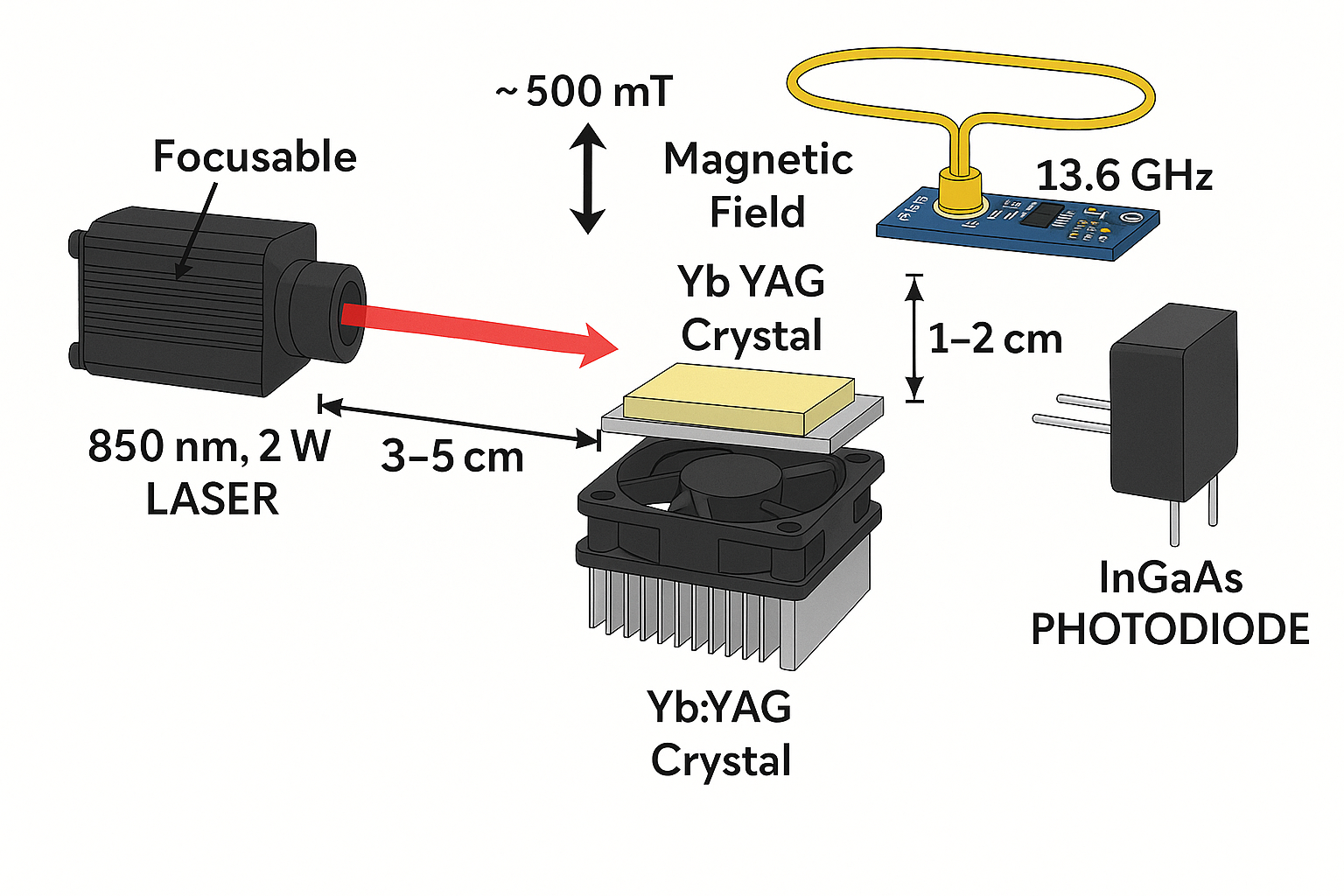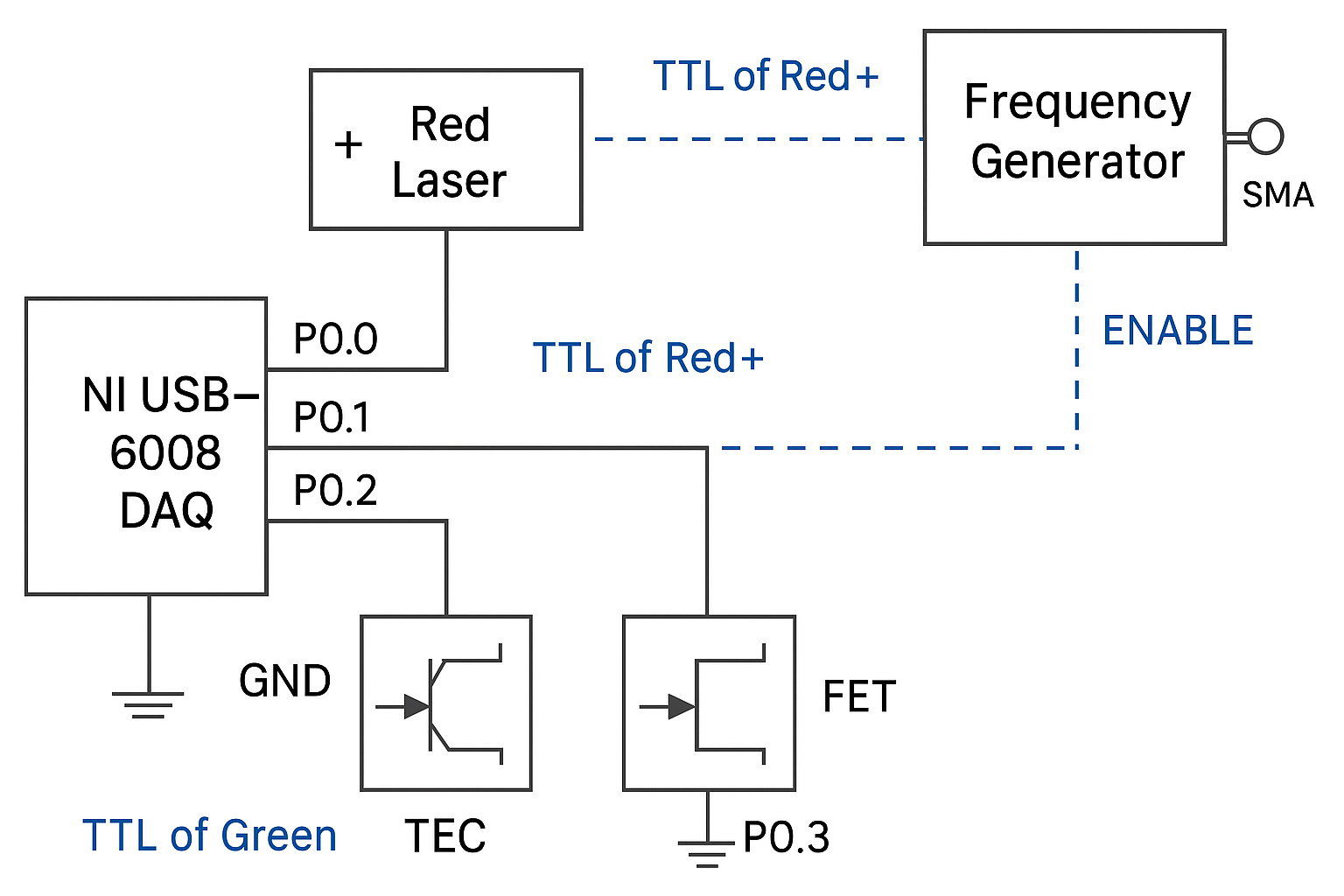Building an Eternity Quantum Computing with Yb³⁺
Welcome to a new frontier in quantum computing. We're proud to introduce a functional quantum processor design based on the BSM-SG theory (Basic Structures of Matter - Super Gravitational Model) and implemented with solid-state Yb³⁺ ion architecture. This project brings together deep theoretical insight with hardware-level realizations that anyone with the right tools can begin experimenting with.
Explore more at: Hackaday
What Makes BSM-SG Different?
Unlike the probabilistic clouds of the Standard Model, BSM-SG defines structured 3D helical arrangements of subatomic components, explaining particle spin, magnetic moments, and mass distribution with high precision. This theory gives us a roadmap for constructing stable quantum systems by aligning with the real structure of matter.
🔍 Application in Quantum Tech
- Models nuclear behavior down to the proton-neutron-deuteron layout
- Explains why certain nuclei (like Yb) are optimal for stable qubits
- Predicts magnetic susceptibility transitions at structural reconfiguration points (see our visualization)
The Quantum Processor Based on Yb³⁺
Our quantum processor design uses a Yb³⁺-doped crystal lattice as the base for qubit encoding. The system utilizes:

- Precise laser excitation to control quantum transitions (1030 nm)
- Microwave signal generator to drive spin flips (~10 GHz)
- A uniform magnetic field (~100 Gauss) to stabilize qubit states
- Cryogenic and thermal stabilization for coherence retention
- Photodiode readout (1000–1100 nm range) for optical measurement of quantum state collapse
The hardware is controlled by a custom FPGA system and interfaced with Qiskit through a USB DAQ, forming a complete hybrid quantum-classical stack ready for experimentation.
The Quantum Neural Architecture (QNN)
We've implemented a 16-qubit prototype simulated in Qiskit and mapped to real hardware components:
⚛️ Core Components
- Qubits: Yb³⁺ ions in crystal lattices
- Laser Pump: 1030 nm IR laser diode for energy state control
- Microwave Generator: ~10 GHz for spin transitions
- Optical Detector: InGaAs photodiode (1000–1100 nm)
- Magnetic Field: ~100 Gauss to stabilize spin orientations
- FPGA + USB DAQ: For pulse synchronization and readout into Qiskit

Magnetic Susceptibility & Nuclear Structure
We propose an experimental setup that correlates magnetic susceptibility transitions (positive to negative) with BSM-predicted nuclear reconfiguration points:
Call to the Hackaday Community
We’re building an open-source movement around quantum technology grounded in real nuclear structure. We invite physicists, engineers, and hackers to:
- Replicate the experiments
- Discuss the hardware modules (FPGA, optics, firmware)
- Simulate and improve the neural layers in Qiskit
This is our chance to shape a practical and transparent quantum architecture.
Useful Links
- Quantum Neural Network with Yb³⁺
- Atlas of Nuclear Structures (BSM-SG)
- Molecular Creator and Quantum Logic Layer Mapping (QLLM)
Let’s build the future together, one ion at a time.